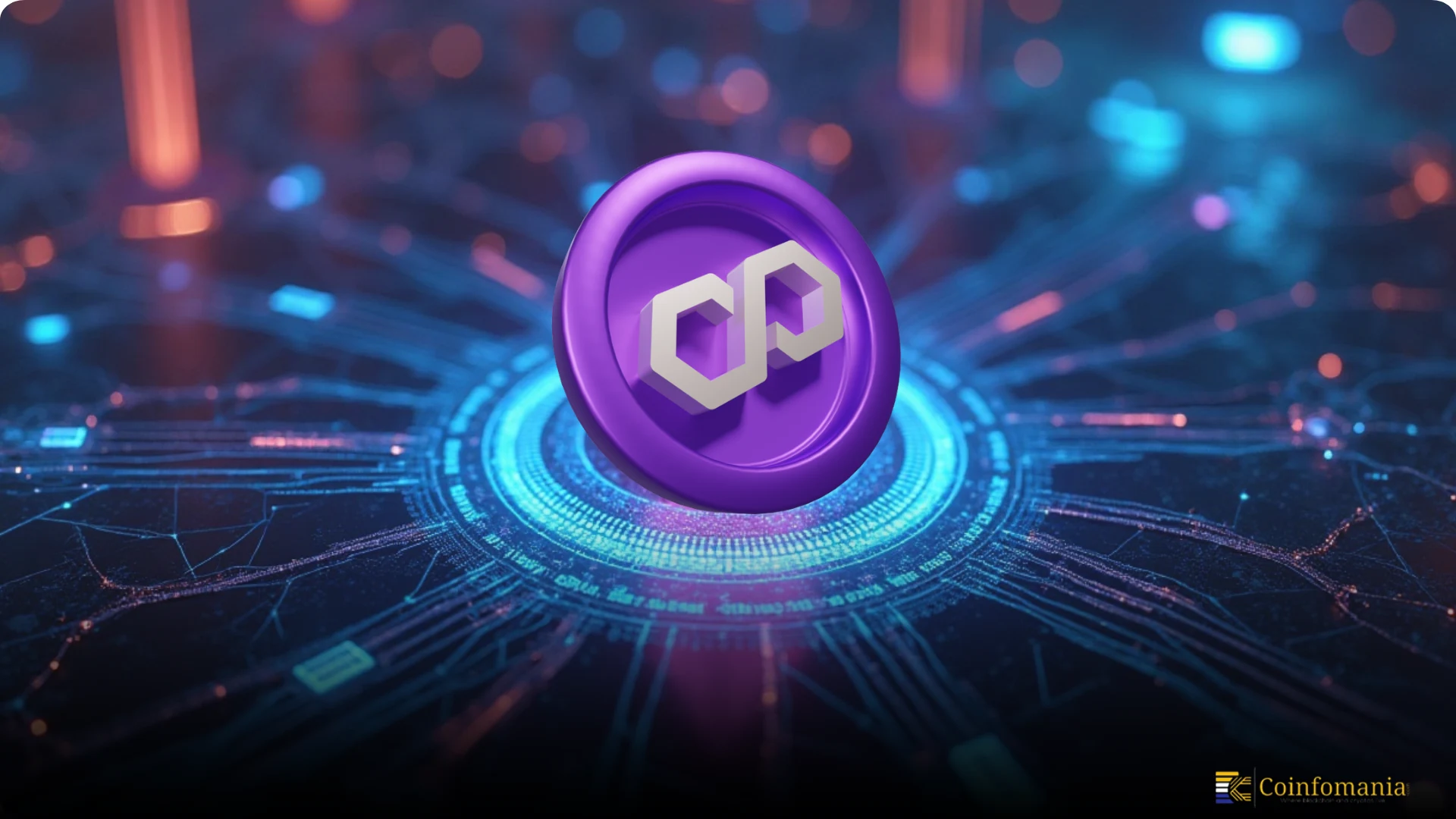Polygon Agglayer Breakout Program: How It Supports Web3 Development and POL Staking?
0
0

In recent Polygon news, the network has launched its ambitious Agglayer Breakout Program. This program aims to boost blockchain innovation and directly benefit the community. The initiative, unveiled on April 24, serves as an incubator and launchpad for impactful projects, offering participants engaged in POL staking up to 15% token airdrops. This approach incentivizes staking and bolsters the Polygon Agglayer infrastructure across ecosystems.
The Agglayer Breakout Program, led by the Polygon Foundation and Polygon Labs, provides a four-stage path designed to transform new blockchain projects into independent entities aligned with the Agglayer vision. Successful projects gain access to the platform’s resources, such as funding and tools, while contributing back by airdropping tokens to the community. Prominent participants, including Privado ID and Miden, are already involved, signaling a new phase of community-focused expansion within the Polygon ecosystem.
How Does the Program Help Projects?
The Agglayer Breakout Program provides a comprehensive strategy for addressing the challenges of launching blockchain projects. Its four-step process (incubation, growth, token distribution, and integration) ensures projects receive crucial strategic support throughout each stage. The Polygon Foundation identifies projects aligned with the Polygon Agglayer vision, offering funding and tools to accelerate their progress.
We’re betting on the future of a unified crypto ecosystem.
— Polygon ※ (@0xPolygon) April 24, 2025
Agglayer is how we get there.
POL is how you benefit.
The Breakout Program is where it begins.
Time to buildhttps://t.co/V7LL3WZ7s9
When projects achieve maturity and independence, they are expected to launch with full operational autonomy. Their integration into the Polygon Agglayer network ensures ongoing contribution to the broader growth of the ecosystem. Community members notably benefit from the 5–15% token airdrops that these graduated projects allocate to participants engaged in POL staking, rewarding early supporters, and encouraging long-term POL token holding.
Which High-Profile Projects Are Joining?
Recent Polygon news reveals the list of the first group of projects accepted into the Agglayer Breakout Program, including significant industry players. Privado ID, a zero-knowledge identity platform formerly known as Polygon ID, successfully completed the program. This platform will distribute 5% of its token supply to participants engaged in POL staking. It gained real-world validation through collaborations with HSBC and Deutsche Bank and recently joined the EU Blockchain Sandbox, boosting its credibility in financial and regulatory circles.
Miden represents another promising participant, a ZK-focused chain guided by former Facebook blockchain developer Bobbin Threadbare. Miden aims to compete with giants like Solana and Aptos and will allocate 10% of its tokens to eligible community members. Miden utilizes ZK-STARK technology for scalability and privacy, making it a cornerstone in Polygon’s push toward trustless and high-performance blockchain applications. These significant launches showcase the initiative’s potential to bring tangible benefits to users while pushing the boundaries of blockchain innovation.
How Does the Polygon Agglayer Drive Network Value?
The Agglayer, also known as the aggregation layer, is at the core of this initiative. This unified layer creates a seamless environment where different chains can interact like one unified system using zero-knowledge proofs. Such architecture enables complex finance and gaming applications while enhancing privacy by verifying transactions without revealing user data. Polygon founder Sandeep Nailwal highlighted that the aggregation layer could underpin a “trustless internet” where users remain in full control of their data and interactions.
Connecting graduated projects to the Polygon Agglayer ensures a free flow of liquidity and assets. Every new project joining the ecosystem boosts these network effects, creating a reinforcing loop of value creation. The framework also grants projects instant access to Polygon’s liquidity, removing barriers to entry for startups and helping to accelerate adoption. Integrating graduated projects into the aggregation layer increases activity and asset diversity, enhancing the appeal and utility of the POL token.
What Does This Mean for Polygon’s Future?
This important Polygon news signals a significant shift in growth strategies for the blockchain ecosystem. It emphasizes community-first, incentive-driven approaches. By offering tangible benefits like token airdrops and liquidity access, the Agglayer Breakout Program motivates both developers and investors to participate in the network’s success. This method transforms POL staking from a passive investment into an active strategy for engaging with the ecosystem.
The inclusion of stealth projects, such as an unnamed DeFi chain planning a 15% airdrop, shows that Polygon is already looking to the future. The Breakout Program is laying the groundwork for an expansive, interconnected, and trustless blockchain ecosystem, with the first eligibility snapshots for POL stakers set to begin next week. There are many benefits for the entire decentralized infrastructure, as each new chain connects to the Polygon Agglayer. This initiative presents a compelling blueprint for sustainable Web3 development and a decentralized financial future.
The post Polygon Agglayer Breakout Program: How It Supports Web3 Development and POL Staking? appeared first on Coinfomania.
0
0
 Manage all your crypto, NFT and DeFi from one place
Manage all your crypto, NFT and DeFi from one placeSecurely connect the portfolio you’re using to start.




